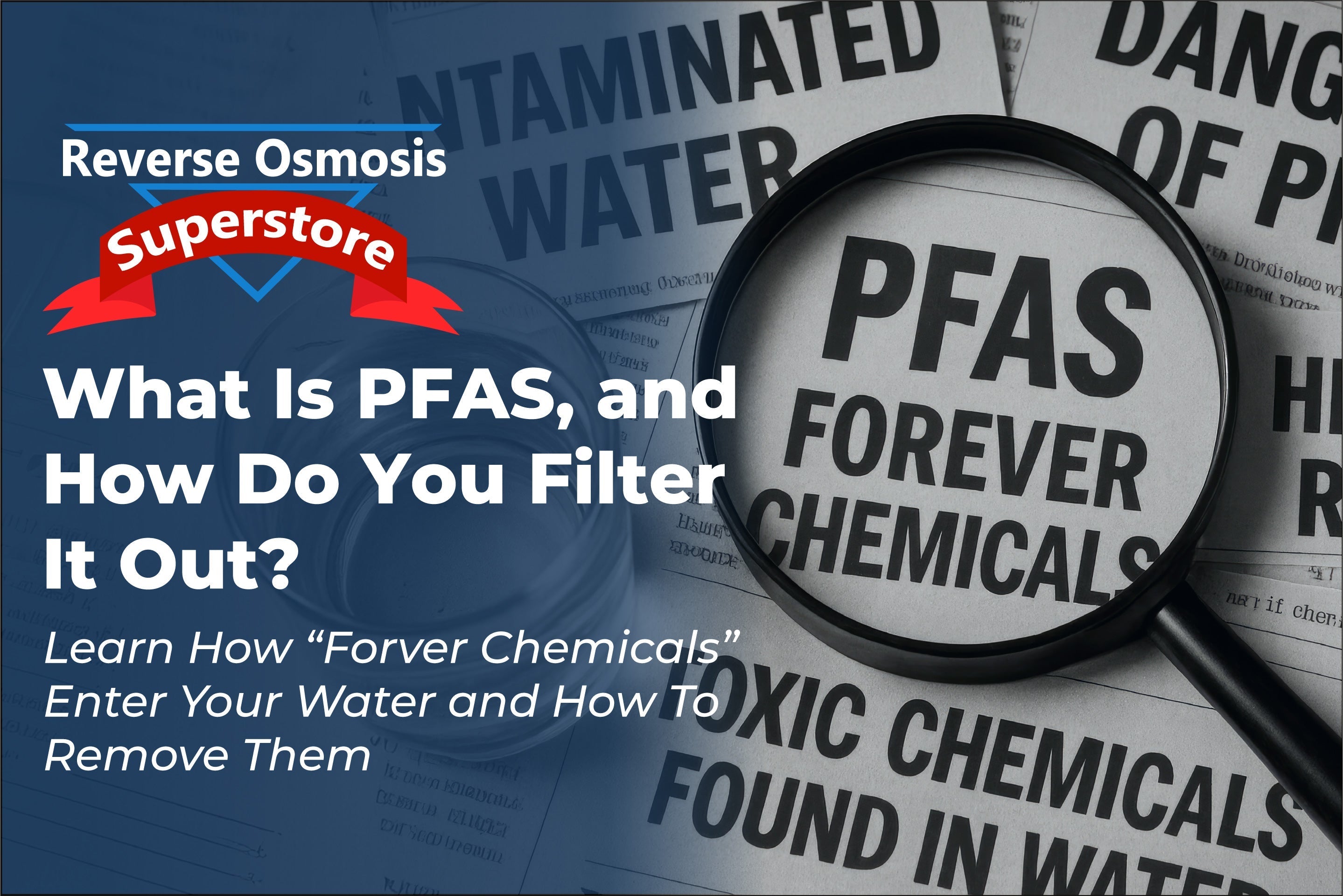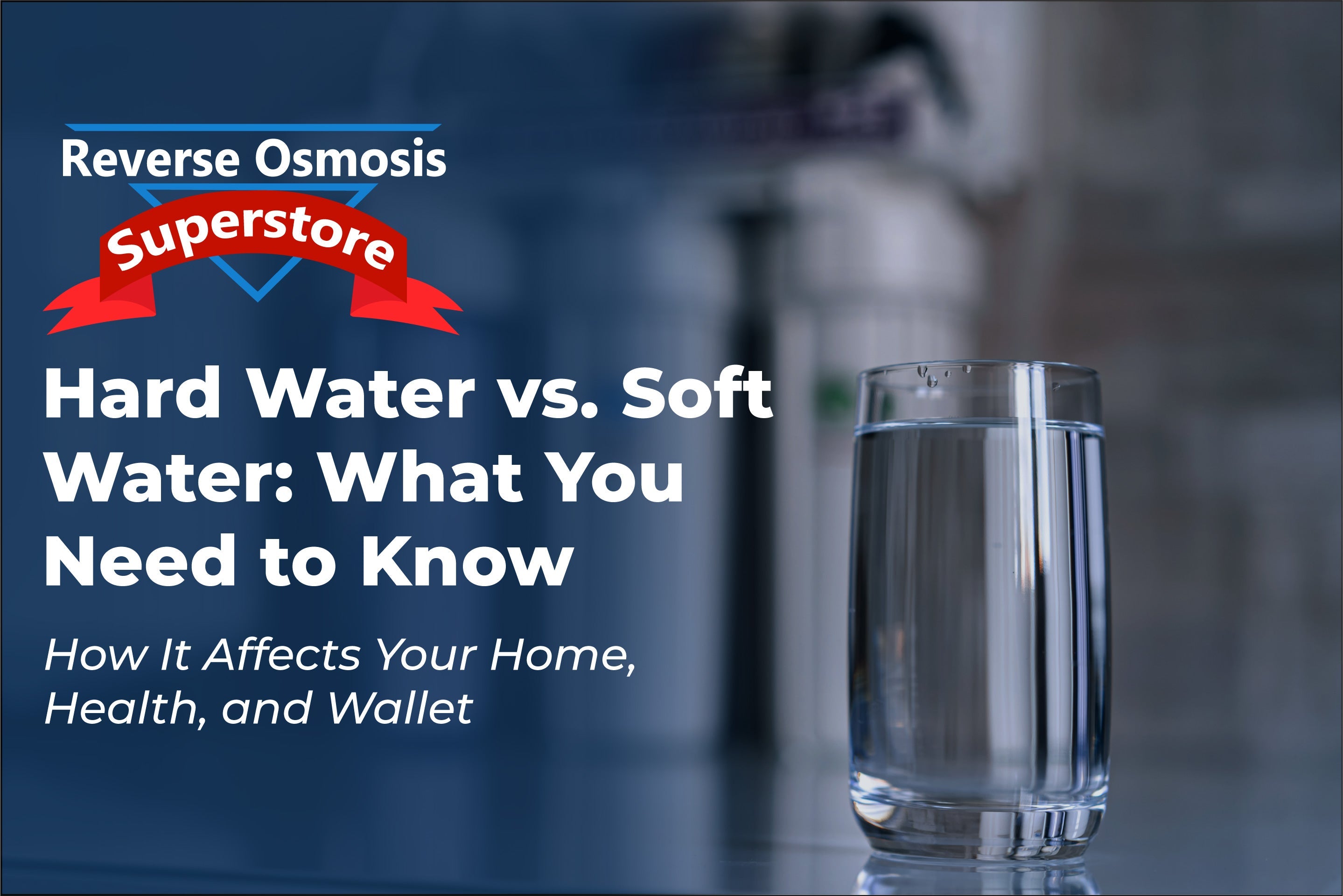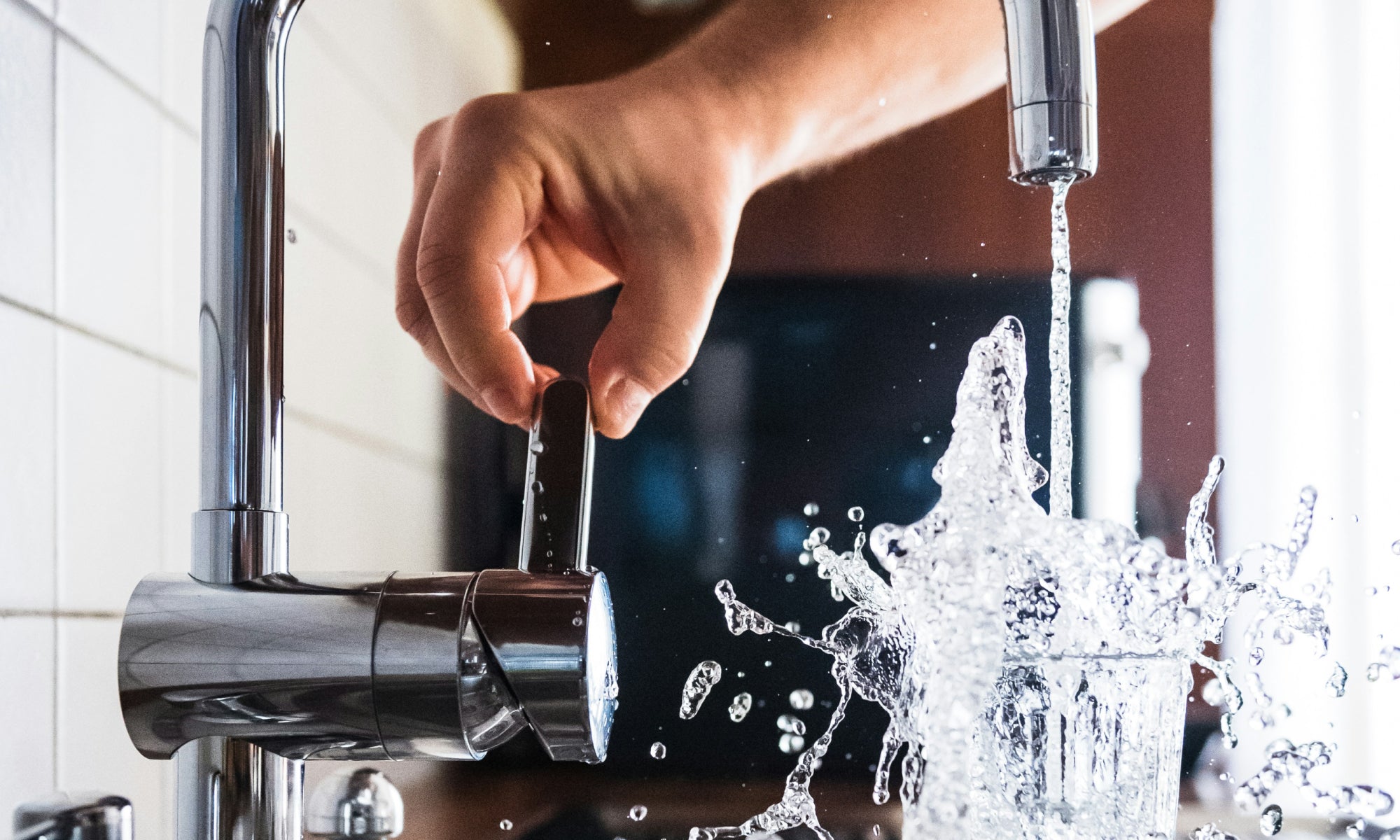Imagine turning on your kitchen faucet and filling a glass with water that looks clean and crisp. But what if that same glass held invisible chemicals linked to cancer, immune system issues, and hormone disruption? That’s the reality millions of Americans face due to PFAS contamination.
These so-called "forever chemicals" have become a growing concern in households across the country. In this post, we’ll break down what PFAS are, why they’re a problem, how they get into your water, and what you can do to protect your home and your health.
A Quick Story: A Michigan Family's Wake-Up Call
In 2018, a family in a small Michigan town noticed their dog stopped drinking tap water. Soon after, one of the children developed unexplained fatigue and rashes. A neighbor suggested testing their water, and the results were shocking. Their municipal water supply had high levels of PFAS from a nearby industrial site. The family installed a reverse osmosis system, and over time, symptoms improved. The dog? Back to happily drinking from the bowl.
What Are PFAS?
PFAS stands for per- and polyfluoroalkyl substances. These man-made chemicals have been used in everything from non-stick pans to firefighting foam since the 1940s. They are extremely resistant to heat, water, and oil, which makes them useful—but also nearly impossible to break down. That’s why they’re called "forever chemicals."
Even trace amounts can build up in the body over time, and studies have linked PFAS exposure to serious health issues, including:
-
Kidney and testicular cancer
-
Immune system suppression
-
Hormone disruption
-
Developmental issues in children
How Do PFAS Get into Tap Water?
PFAS enter water supplies in several ways:
-
Industrial discharge from manufacturing plants
-
Runoff from military bases and airports (due to firefighting foams)
-
Leaching from landfills and contaminated soil
Once PFAS are in the groundwater or surface water, they’re very difficult to remove with standard municipal treatment. That’s why they often end up flowing straight from your faucet.
How to Know If PFAS Are in Your Water
1. Check Local Reports: The Environmental Working Group (EWG) Tap Water Database is a good place to start. Enter your zip code to see if PFAS have been detected in your area.
2. Contact Your Water Utility: Ask if they test for PFAS and request the latest water quality report.
3. Test It Yourself: Home testing kits for PFAS are becoming more accessible, or you can send a sample to a certified lab for the most accurate results.
The Best Water Filtration Systems for PFAS Removal
PFAS are difficult to filter out, but several types of systems are proven to reduce them effectively. Look for systems that use:
-
Activated carbon (especially catalytic carbon)
-
Reverse osmosis membranes
-
Anion exchange resins
At Reverse Osmosis Superstore, we offer a range of filtration solutions specifically designed to remove or reduce PFAS from your tap water. Here are a few options:
Our Recommended Solutions: PFAS-Reducing Water Systems
We offer several systems that include PFAS filtration, so you can choose the one that best fits your needs:
-
Pure-100, Pure-200, and Pure-300 Whole House Systems
Salt-free conditioners with integrated PFAS filter media, advanced carbon filtration, and optional UV protection. Ideal for families wanting PFAS-free water at every tap.
Frequently Asked Questions About PFAS
Can boiling water remove PFAS?
No. In fact, boiling may concentrate PFAS further. You need a proper filtration system.
Are bottled waters PFAS-free?
Not always. Some bottled water brands have tested positive for PFAS. Filtered water at home is often safer and more cost-effective.
Do standard fridge filters remove PFAS?
Most do not. Fridge filters are typically designed for chlorine and taste improvement, not advanced chemical removal.
Are You at Risk? Ask Yourself This
Do you live near a military base, airport, industrial facility, or landfill? Have you noticed any unusual taste, odor, or health symptoms tied to water use? If yes, it’s worth getting your water tested and investing in a PFAS filtration system.
Don’t Wait Until It Affects Your Health
PFAS are some of the most persistent and harmful contaminants found in U.S. water supplies today. Fortunately, you have options.
At Reverse Osmosis Superstore, we’re here to help you find the right solution to keep your water safe. Whether it’s a simple under-sink system or a full home upgrade, we’ll walk you through it.
Reach out to us today to find the best PFAS filtration system for your home.




